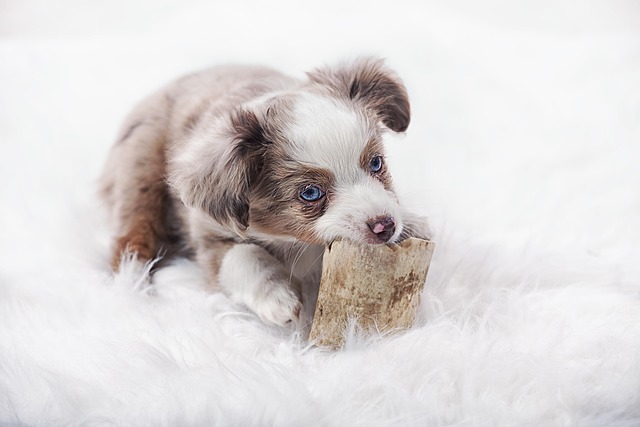
How do i train my dog to be obedient?
Watching your dog dart across the park ignoring your calls isn’t just frustrating—it can put them at risk near busy streets or public spaces.
Raising a dog that behaves well around its furry friends isn’t just about avoiding embarrassing moments at the park—it’s crucial for your dog’s social well - being and the safety of everyone involved. But where do you start?
First, establish basic obedience at home. Commands like “sit,” “stay,” and “come” form the foundation of good behavior. When your dog responds reliably to these cues in a calm environment, they’re more likely to listen when distractions are around. Think of it as teaching your dog the “please” and “thank you” of the canine world.
Positive reinforcement is key. Every time your dog approaches another dog calmly, reward them with treats, praise, or a favorite toy. Dogs quickly learn that good behavior pays off. On the flip side, never punish your dog for reacting poorly—this can increase fear and aggression. Instead, gently redirect their attention to something positive.
Understand your dog’s body language. A wagging tail doesn’t always mean happiness; a stiff body or pinned - back ears might signal anxiety or aggression. By learning to read these cues, you can intervene before a situation escalates. And remember, every dog has its limits—some prefer solo play, and that’s perfectly okay.
 In many regions, leash laws and public safety regulations apply to dog interactions. Even in dog parks, it’s important to respect these rules. Unleashing your dog in an area where it’s prohibited not only risks fines but can also endanger other dogs and people. Being a responsible pet owner means knowing and following the local guidelines.
In many regions, leash laws and public safety regulations apply to dog interactions. Even in dog parks, it’s important to respect these rules. Unleashing your dog in an area where it’s prohibited not only risks fines but can also endanger other dogs and people. Being a responsible pet owner means knowing and following the local guidelines.
Gradual exposure is essential. Start with short, supervised interactions with friendly, well - behaved dogs. As your dog gains confidence, you can expand their social circle. Avoid overwhelming them with too many new faces at once—slow and steady wins the race when it comes to building positive social skills.
If your dog shows signs of fear or aggression, consider professional help. Dog trainers or behaviorists can provide personalized strategies based on your dog’s unique personality. They’ll also ensure you’re using methods that are both effective and humane, aligning with ethical pet care standards.
Teaching your dog good manners around other dogs is a journey, not a destination. With patience, consistency, and lots of love, you can help your furry companion become a well - mannered social butterfly. And who knows? Those playdates might just become your favorite part of the week, too.

Watching your dog dart across the park ignoring your calls isn’t just frustrating—it can put them at risk near busy streets or public spaces.

New puppy owners often find themselves rushing to clean up accidents before they set in, and that’s where puppy pad training becomes a game-changer.

If you've noticed your dog's waistline disappearing and your veterinarian has mentioned those few extra pounds, your first instinct might be to simply reduce the amount of food in their bowl.

Training a dog to use a designated spot indoors isn’t as daunting as many new owners fear, but it does take consistency and an understanding of your pet’s needs.

That moment of dread on a walk is all too familiar for many new dog owners. You see another dog approaching down the sidewalk of your neighborhood

If the sight of another dog on your neighborhood walk makes your heart sink as your own dog erupts into a frenzy of barking and lunging, you're not alone.